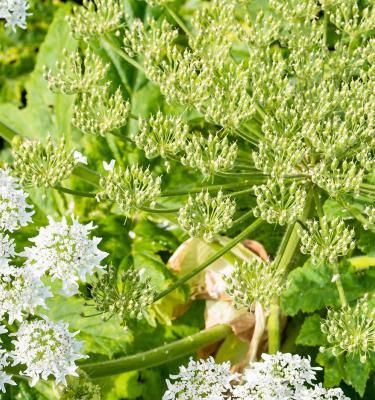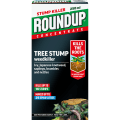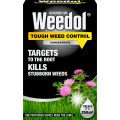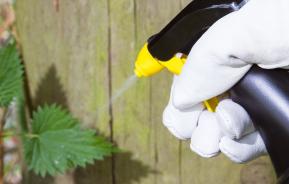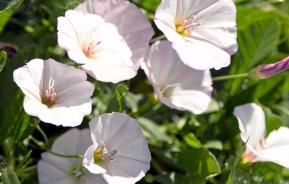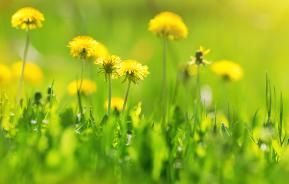Although an impressive sight when fully grown, giant hogweed is invasive and potentially harmful. Chemicals in the sap can cause photodermatitis or photosensitivity, where the skin becomes very sensitive to sunlight and may suffer blistering, pigmentation and long-lasting scars.
If you do get giant hogweed sap on your skin, be sure to wash the area thoroughly immediately, seek medical advice, and do not expose the area to sunlight for a few days.
After a number of high-profile incidents involving injuries caused by Giant Hogweed at the start of the summer holidays, we’re here to set your mind at rest with a simple and cost-effective solution for how you can treat it.
With its large, distinctive, cow-parsley-like appearance, you can’t miss this intrusive weed in your garden or when you’re out and about, particularly near rivers and waterways. Giant Hogweed is a perennial plant which can grow up to 5m tall with dark green leaves, and has an umbrella-like head when flowering.
Treating persistent weeds like Giant Hogweed is easy with a suitable Glyphosate-based weedkiller. This special ingredient is absorbed by the leaves and moves throughout the entire weed, above and below ground, killing the whole weed through to its roots.
It is advisable to spray young Giant Hogweed foliage before it flowers in April or May, and new seedlings or any re-growth should be treated in August or September, if necessary. Continue to monitor the site each spring and treat new seedlings, which can continue to emerge from seeds for up to ten years.
When treating Giant Hogweed choose an overcast day and ensure you always wear gloves, cover your arms and legs, wear closed footwear and a facemask.
Cutting Hogweed is never advisable, as the sap can cause severe burns when in contact with skin in sunlight. If the weed makes contact with skin, wash it immediately and seek medical advice, and do not expose the area to sunlight for a few days. Remember that contaminated clothing and tools are potentially hazardous too, so ensure that everything is washed thoroughly after use.
Disposing of giant hogweed
Giant hogweed is a controlled waste (similar to Japanese knotweed) so, if it is taken off site, can only be disposed of in licensed landfill sites with the required documentation.
The smaller, native hogweed, Heracleum sphondylium, is not classed as controlled waste but should still be disposed of with care to avoid human contact.
